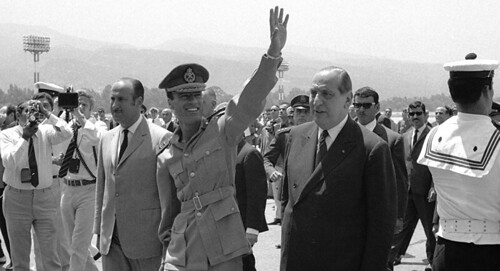J. Robert Oppenheimer and his student Hartland Snyder publish the Oppenheimer–Snyder model, proving for the first time in contemporary physics how black holes could develop.
J. Robert Oppenheimer was an American theoretical physicist and one of the key figures in the development of the atomic bomb during World War II. He was born on April 22, 1904, and he passed away on February 18, 1967. Oppenheimer is often referred to as the “father of the atomic bomb” due to his leadership of the Manhattan Project, which ultimately led to the successful creation of the first atomic bombs.
Oppenheimer’s contributions to physics extended beyond his work on nuclear weapons. He made significant contributions to various fields, including quantum mechanics, quantum field theory, and astrophysics. In fact, his interests also extended to the study of black holes, which are fascinating and mysterious objects in the universe.
Black holes are regions in space where the gravitational pull is so strong that nothing, not even light, can escape from them. The concept of black holes emerged from Albert Einstein’s theory of general relativity. However, it was Oppenheimer and his collaborator, Hartland Snyder, who made a crucial contribution to the understanding of black holes.
In 1939, Oppenheimer and Snyder published a paper titled “On Continued Gravitational Contraction,” in which they explored the gravitational collapse of massive stars. They showed that if a massive star’s core exhausts its nuclear fuel, the core would collapse under its own gravitational pull, leading to the formation of a singularity—a point of infinite density—and an event horizon—the boundary beyond which nothing can escape. This theoretical prediction laid the groundwork for our modern understanding of black holes.
Oppenheimer’s work on black holes, while not as widely known as his contributions to nuclear physics, significantly impacted the field of astrophysics and led to further exploration and research into these enigmatic cosmic objects. His insights into the gravitational collapse of massive stars and the formation of black holes have been instrumental in advancing our understanding of the universe’s most extreme and fascinating phenomena.



